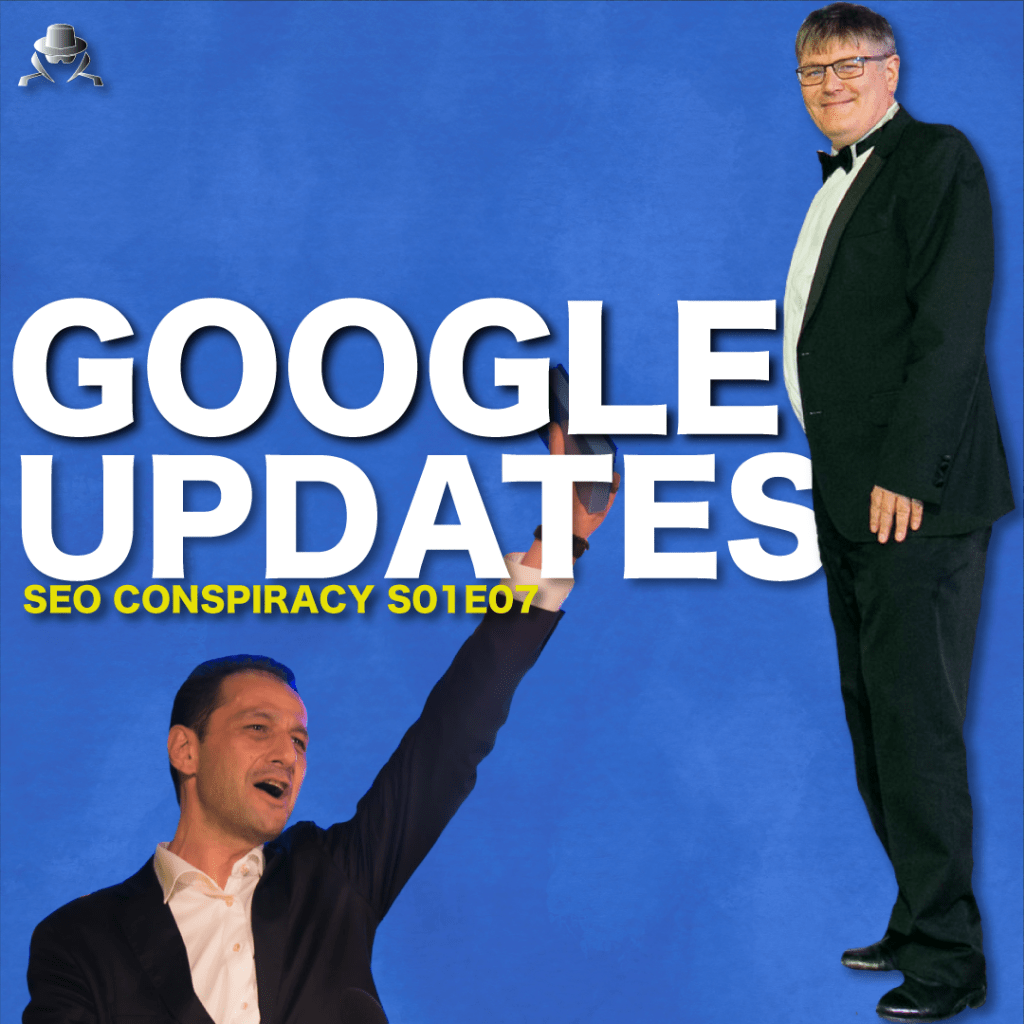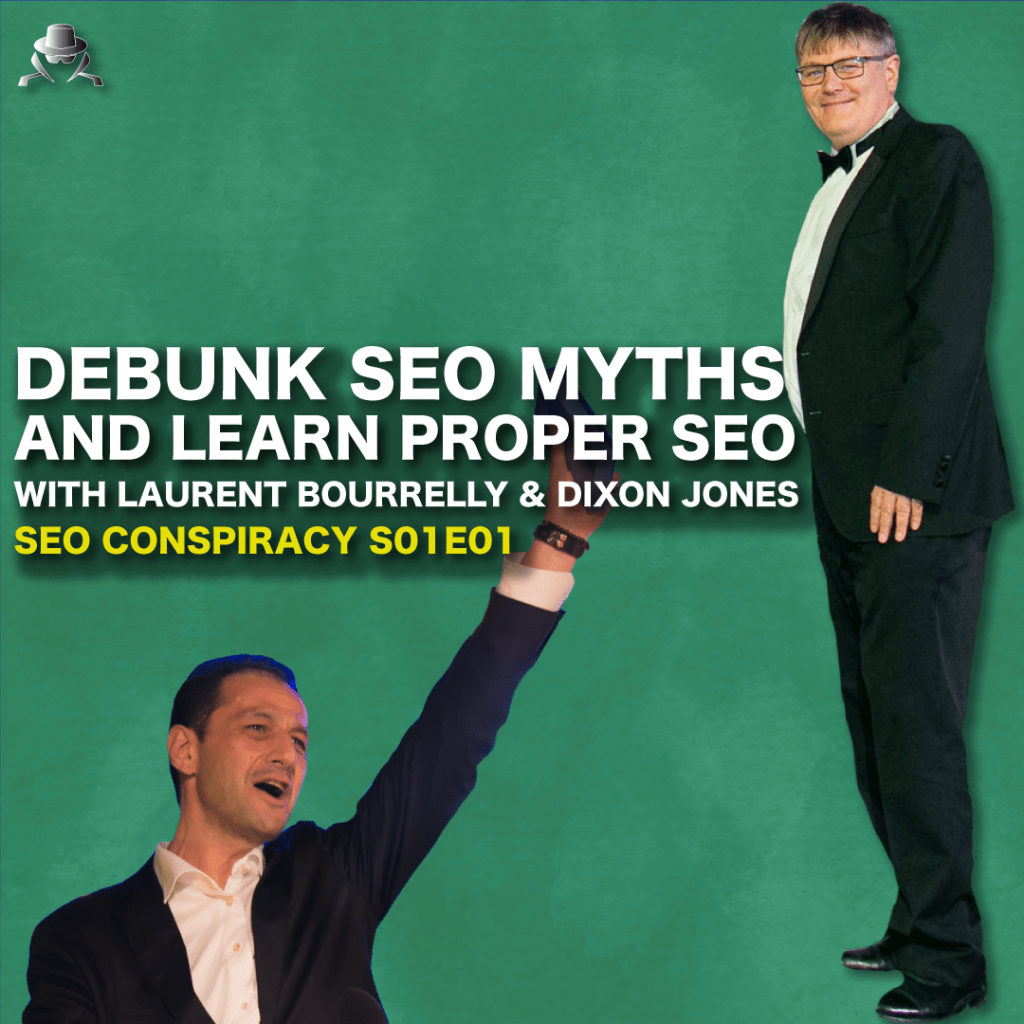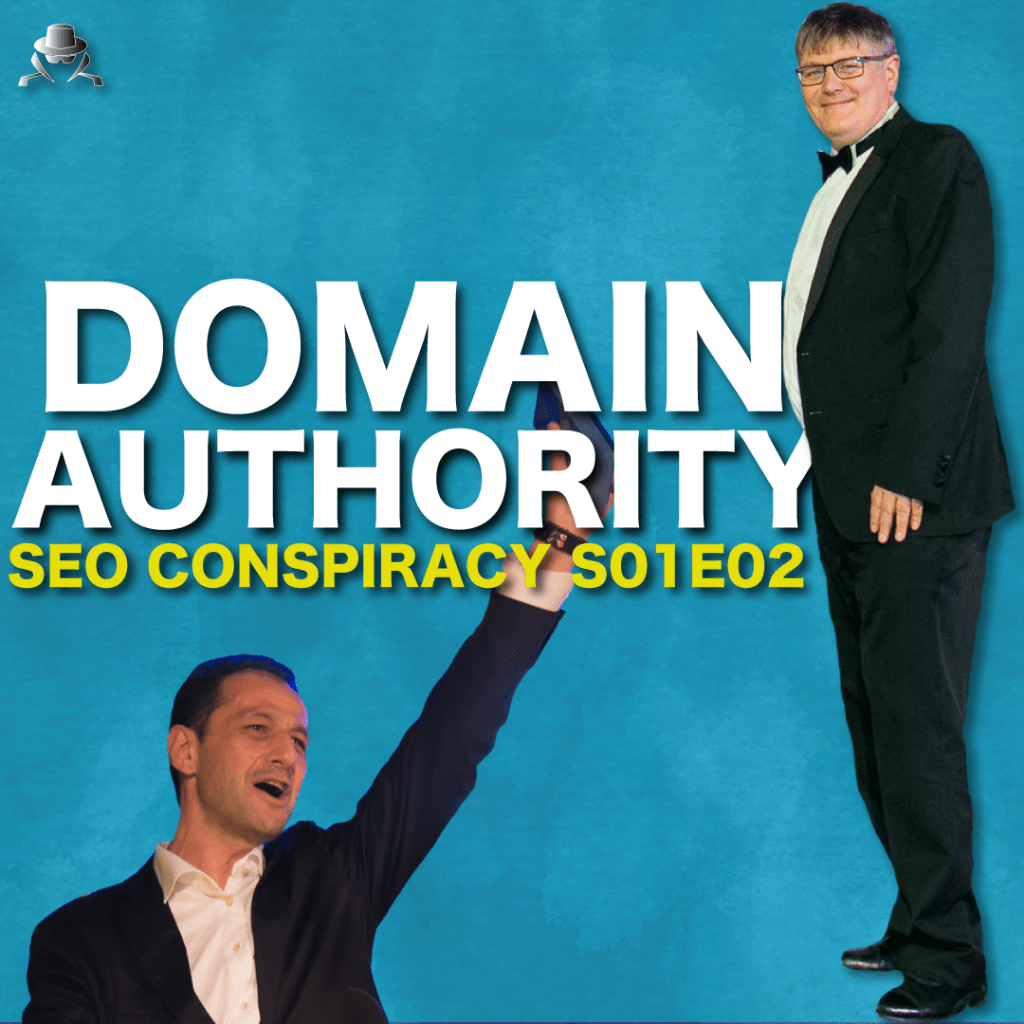Most of the time, SEOs are confusing machine learning patterns with core updates.
SEO CONSPIRACY E01S07
SEOs from all over the world are totally confused about what is a so-called Google Update.
In the old days, we had the Google Dance, but it does not work like this anymore.
Especially since Google is using Machine Learning algorithms called RankBrain, what’s called a Google Update does not mean what it used to be years ago.
As always, this is only our opinion.
Please don’t hesitate to share your point of view on this topic.
We never take for granted the time you spend to watch our content.
Thank you very much
Laurent Bourrelly
Watch the video
The Nostalgia of the Google Dance
Ah, the Google Dance… For those too young to remember, once a month, Google’s algorithms would go into action, recalculating the PageRank for every indexed page. During this time, the search results would shuffle unpredictably for three to four days before finally settling. SEOs would sit back, watch, and analyze what moved and why.
It was a simpler time—you knew when the updates were happening, and you had a month to experiment and optimize before the next Dance. Compare that to today, where Google is constantly updating in real-time.
Updates: A Constant Flow
Nowadays, there are hundreds of updates happening simultaneously. The rise of machine learning has turned Google’s algorithm into a dynamic system, conducting A/B testing at an unimaginable scale. What many interpret as “major updates” are often just the algorithm adapting, testing, and tweaking its data sets. And yes, sometimes Google rolls back changes and uses previous indexes when their experiments go awry.
This constant flux creates the illusion of massive, discrete updates when, in reality, it’s more like an evolving organism fine-tuning itself. Yet, as Barry Schwartz reports on every “rumored” update, SEOs scramble to understand changes that might not even affect their niche.
Historical Shifts: Florida, Penguin, Panda
Major updates like Florida in 2003, Penguin, and Panda significantly altered the SEO landscape. Florida introduced topical PageRank, reshaping relevance. Penguin penalized manipulative link-building tactics, and Panda prioritized quality content over thin, spammy pages. These were seismic shifts that forced the industry to evolve.
But with the introduction of machine learning and RankBrain, the nature of updates has changed. Today, the algorithm learns and adapts continuously. This eliminates the need for monumental, manual updates like we saw in the past.
Winners, Losers, and Rollbacks
When analyzing winners and losers of updates, the pattern is clear: sites that rely on shortcuts and aggressive tactics often face the harshest penalties. Yes, there are exceptions, but most “losers” deserve their demotion.
Sometimes, what people perceive as an update is simply a rollback. For example, in spring 2022, rumors of a significant update circulated, but the reality? Google had lost an index. The resulting turbulence was mistaken for algorithmic change.
The Machine Learning Takeover
Google’s reliance on machine learning has introduced unprecedented complexity. It’s no longer just about algorithms tweaking individual factors; it’s about a system that learns and evolves.
This raises the stakes for SEOs. Gone are the days when shortcuts like 2,000 automated links per minute would work. Today, even an “aggressive” link-building strategy might mean adding one high-quality link a day. The bar has been raised—and for good reason.
Adapting to Change
For SEOs, the key is to focus on long-term strategies rather than chasing every supposed update. The fundamentals remain the same:
- Create valuable, authoritative content.
- Build natural, contextually relevant links.
- Optimize for user experience and site speed.
Updates shouldn’t cause panic. If your strategy is sound, changes will strengthen your results over time.
The Perils of Aggressive SEO
For those pushing the limits, understand the risks. When aggressive tactics backfire, don’t complain. SEOs must own the consequences of their actions. Complaining about being hit after violating best practices undermines credibility.
Consider a recent example of a Belgian website that heavily relied on guest blogging for links. They lost 90% of their traffic after an update. Instead of crying foul, they should have anticipated the risks associated with their tactics.
Google updates may seem like massive shifts, but they’re often illusions created by continuous testing and rollbacks. The real takeaway is simple: focus on quality, relevance, and sustainable SEO practices. The fundamentals haven’t changed in over a decade, and those who play the long game consistently come out on top.
Listen to the podcast:



